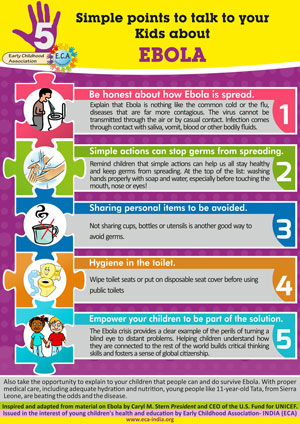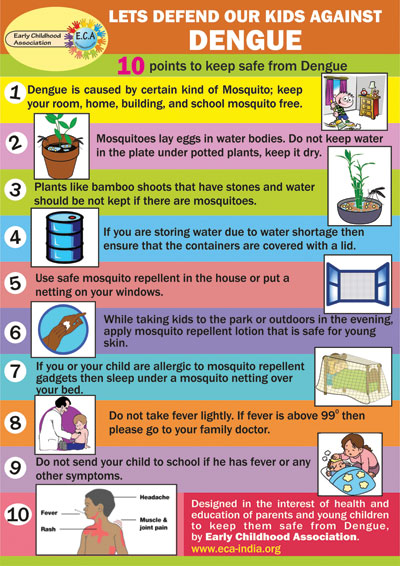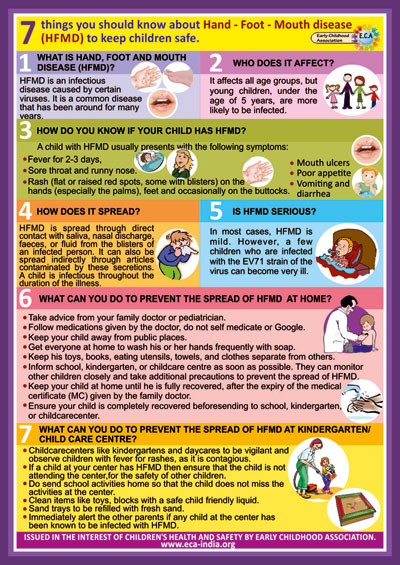Child care should not become a curse for young children -
As reported in today's Mumbai Mirror by Jyoti Shelar (21st September 2013, One year old with brain injury responding after 6 months of treatment) shaking young children can spell disaster for young children's growing brains. A one year old baby has suffered neurological damage and has to undergo surgery due to alleged shaking of the child at her day care. What is even more appalling is that the child was handed over to the parent in an unconscious state and reason given was, 'we thought the child is feeling very sleepy today'.
The above incidence draws light on the much needed training that care givers should have before they are put in charge of young children. A day care especially should train their staff in maintaining every day charts of babies sleep and eating patterns. In fact in many countries like Canada, day care centers also have to maintain a record of the 'potty' of young babies, citing the color, quantity and consistency.
Care givers at day cares should receive training about the age group that they would be handling. With more and more working parents depending on daycares for babies as young as 3 months, it becomes imperative that parents choose wisely and companies must provide day care for employees in their premises. Here are some things to be alert and aware about the care of young babies. We urge all the members of EARLY CHILDHOOD ASSOCIATION to share this with their staff, parents and advocate for health and safety in the early childhood years.
Shaken Baby Syndrome is the cause of many deaths and harms the young brain -
Parenting is not easy. Parents need to be honoured for this lifelong commitment they make and at times a parent can lose their cool and end up hitting or shaking their kids. Shaken Baby Syndrome is the cause of many deaths and can also can harm to the brain as shaking may cause your baby's brain to swell, bleed or bruise. Shaken baby syndrome can be caused in the following ways -
- Throwing your baby in the air while playing.
- Not strapping your baby in a baby car seat while travelling with baby in car. The quick succession brakes, potholes, bumps can all cause damage.
- Taking the young baby on dizzy rides or roller coasters.
- Shaking the baby in anger.
- In many instances slapping the baby too hard across the face.
Be careful that the daycare/playschool or home nanny is aware of the above and does not practice these incorrect methods.
One of the mistakes the daycare in this case made is in assuming that the child was just sleeping a lot whereas the child was unconscious. Parents and daycares must know how much sleep does a child require and at what age and should maintain a sleep log for each child. So how much sleep do young children require? It differs from child to child but given here are some guidelines –
- Age 1-4 weeks
Sleep : 15 to 16 hours a Day - Newborns typically sleep in two to four hour blocks both during the night and day.
They are yet to establish their internal biological clock. - Age : 1-4 months
- Sleep : 14 – 15 hours a day
- Usually able to sleep once for six hours in a row.
- Age : 4 – 12 months
- Sleep : 14 – 15 hours per day
- 2 – 3 naps. Can sleep through the night by age 6 months
- Age : 1 – 3 years
- Sleep: 12 – 14 hours per day
- Toddlers usually lose that second nap. Nap can be 1 – 3.5 hours.
Their nap is anywhere from 1 to 3 ½ hours long. - Age : 3 – 6 years
- Sleep: 10 – 12 hours per day.
- At three, most children still take naps, by 5 most no longer nap.
Another important danger to young babies is SIDS - Sudden Infant Death Syndrome. The safest position to put young babies to sleep is on their back. Keep the following in mind and ensure at the day care too -
- Babies placed on their stomachs to sleep are at greater risk of Sudden Infant Death Syndrome (SIDS).
- Place infants on their backs for sleep.
- Provide a firm crib covered by a sheet.
- Keep pillows and stuffed toys out of the crib.
- Make sure the sleeping area is a comfortable temperature to keep infants from becoming overheated.
- That is why we must respect the Indian cradle made of cloth, it not only takes the baby's body shape, but keeps baby safe from SIDS and gives baby the feeling of being safe and coddled just like in the uterus. So time to bring back the Indian cloth cradle.,
Yet another danger that parents and daycares need to be aware about and watch for is that touch should not become trouble for young children.
Touch is essential to babies' sensory-motor development, and has a positive impact on their physical growth, emotional well-being, cognitive potential, and health. Up to five years of age, young children's touch sensitivity remains more on the face than on their hands. And so it is important that adults don't pinch, slap or harm kids on their faces.


